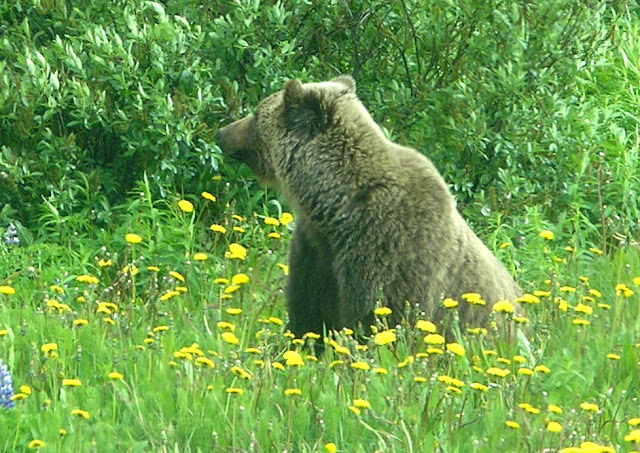Mrs. Phred and I go into Bombay Lil’s Casino here in Whitehorse to get a drink and watch the can-can girls. We sit at the bar and order doubles of Famous Grouse whiskey and watch the show. A grizzled old man turns to stare at us. His cheeks are scarred and black from frostbite. His right hand is missing three fingers.
We talk awhile and finally he asks if we have money to partner with him so he can get back to his gold. I offer to buy him drinks and ask for more details. After several drinks, he loosens up and tells his story.
“I found this here map and journal on a dead man”, he says. “He’d fallen though an air-hole on the iced- up Klondike River, crawled half-out and froze there. The journal told about a cabin full of gold down on the Tintina Trench.”
“I spent my last money outfitting a dogsled. I followed the map and left caches of fish about every 100 miles so I could feed myself and dogs on the way back.”
“When I got to the cabin, right where the map said, I found hundreds of pounds of gold in flour sacks, coffee cans and any container that would hold gold dust and nuggets When they run out of containers, it looked like they’d just started dumping it on the floor. That stuff on the floor of the cabin was about a foot thick.”
“Outside there was three graves. Notes scrawled in charcoal on birch bark told the story. One died of scurvy, one was mauled by a grizzly and the other went mad and wandered out into a snow bank to freeze. The last one hiked out, it seems like, and froze in the Klondike, like I told you.”
“They were working a vein almost 12 inches thick. I seen it myself. Looks like no end to it. It just keeps getting thicker as you dig down. Seems like they couldn’t bring themselves to stop digging and piling up the gold. I decided not to make the same mistake, so I loaded up about 100 pounds on the sled and started back to Whitehorse.”
“The wolverines and bears got into all my fish caches, so I had to kill off the dogs one-by-one for food to keep the other dogs and myself going. Finally the dogs were all gone, so I left the sled and gold. The last 200 miles I walked out and almost starved. I lost these three fingers to frostbite.”
He pulls out the map and journal and his hand held GPS and showed me the cabin coordinates and where he left the sled. He accepts my offer to go fifty-fifty. I contact my broker for a wire transfer to charter a heavy lift helicopter. I know how to fly a Chinook.
Whether he’s telling the truth or not, I figure that the old prospector and I can fly out there together, but I really don’t think that both of us need to come back.
















































